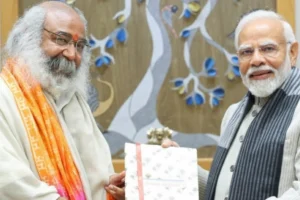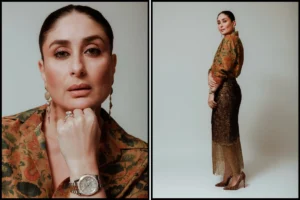
Chief Justice of India, DY Chandrachud
Chief Justice of India, DY Chandrachud, emphasized the significance of his recent ruling in a marriage equality case during a discussion at Georgetown University in Washington, DC. He pointed out that in 13 significant judgments, Chief Justices have been in the minority, underscoring that the decision on marriage equality often hinges on a vote of conscience and the Constitution.
In the case, a five-member Constitution bench unanimously agreed that changing laws to achieve marriage equality should be a matter for the legislature, not the judiciary. However, they differed on recognizing same-sex unions and adoption rights. Chief Justice Chandrachud and Justice SK Kaul favored recognizing same-sex unions, while the majority of the bench held a different view. Justice S Ravindra Bhat expressed his disagreement with the court directing the State to create a new legal framework for such relationships.
Chief Justice Chandrachud reiterated the importance of leaving the decision on marriage equality to Parliament. He emphasized that while significant progress has been made in decriminalizing homosexuality and recognizing the LGBTQ+ community as equal members of society, legislating the right to marry should be within the domain of the legislative branch.
In his judgment, Chief Justice Chandrachud argued that the right to choose a life partner is integral to one’s right to life and liberty, as outlined in Article 21 of the Indian Constitution. He emphasized that this right encompasses the choice of a partner and the recognition of that union, asserting that failure to acknowledge such relationships would lead to discrimination against queer couples. He further supported adoption rights for queer couples, stating that there is no evidence to suggest that only heterosexual couples can provide stability to a child.
To read more such news, download Bharat Express news apps


















